Life
Sign up for our newsletter
We summarize the week's scientific breakthroughs every Thursday.
-
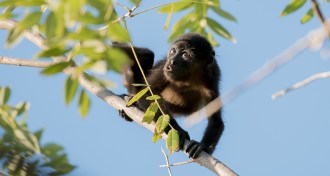 Life
LifeHowler monkeys may owe their color vision to leaf hue
Better color vision gives howler monkeys an edge at finding food.
-
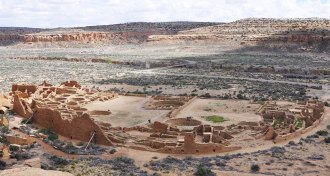 Anthropology
AnthropologyPower may have passed via women in ancient Chaco Canyon society
DNA points to a 330-year-long reign of a maternal dynasty centered in New Mexico’s Chaco Canyon.
By Bruce Bower -
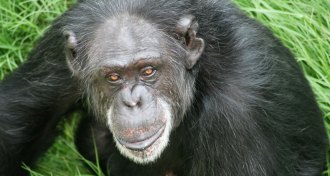 Anthropology
AnthropologyLow-status chimps revealed as trendsetters
Outranked chimpanzees trigger spread of useful new behaviors among their comrades.
By Bruce Bower -
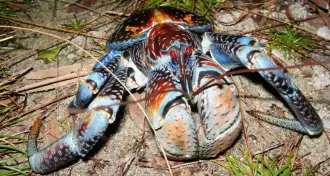 Animals
AnimalsCoconut crab pinches like a lion, eats like a dumpster diver
Coconut crabs use their surprisingly powerful claw for more than cracking coconuts.
By Susan Milius -
 Plants
PlantsEnzymes aid rice plants’ arsenic defenses
Rice plant roots have natural defenses against arsenic.
-
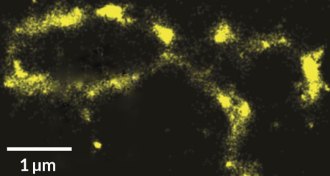 Life
LifeNew imaging technique catches DNA ‘blinking’ on
Dye-free imaging technique zooms in below 10-nanometer threshold, allowing new cellular views.
-
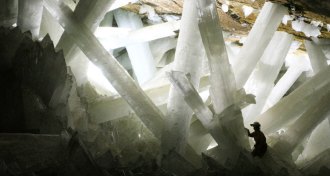 Microbes
MicrobesMicrobes survived inside giant cave crystals for up to 50,000 years
Microbes trapped in crystals in Mexico's Naica mine may represent some of the most distinct life-forms found in Earth so far.
-
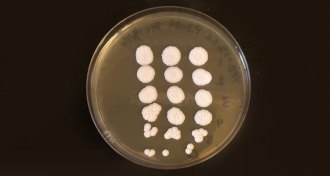 Health & Medicine
Health & MedicineCommon fungus may raise asthma risk
The presence of a fungus in the infant gut can signal development of asthma by age 5.
-
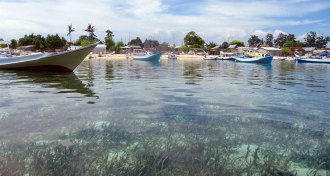 Ecosystems
EcosystemsSeagrasses boost ecosystem health by fighting bad bacteria
Seagrasses might reduce bacteria levels in ocean water.
-
 Genetics
GeneticsHuman gene editing therapies are OK in certain cases, panel advises
A panel of experts says clinical gene editing to correct and prevent human disease should move forward, but enhancements should not be allowed.
-
 Paleontology
PaleontologyFossil shows that ancient reptile gave live birth
A new fossil shows that a prehistoric reptile may have given birth to live young, unlike its egg-laying descendants, birds and crocodiles.
-
 Ecosystems
EcosystemsMapping rainforest chemistry from the air reveals 36 types of forest
Aircraft analysis of tree chemicals reveals new biodiversity in the Peruvian rainforest.